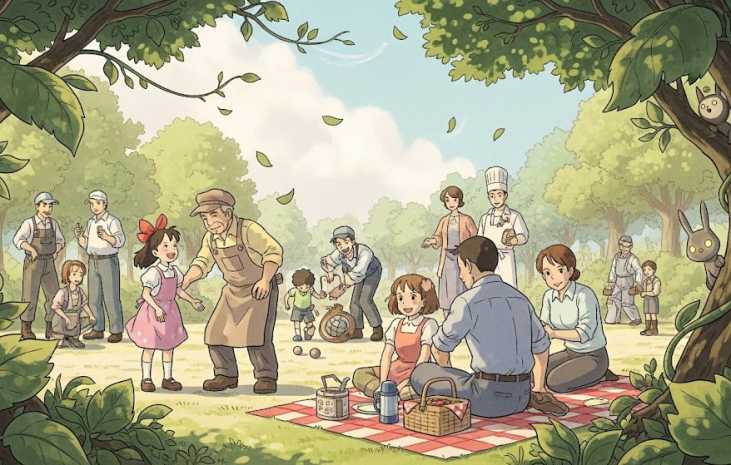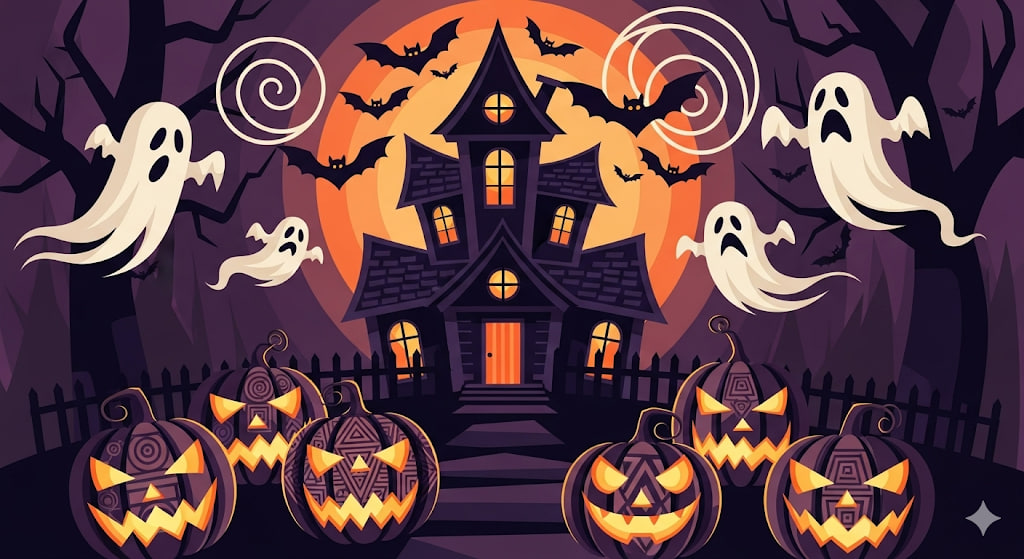Every year on the first Monday of September, Americans celebrate Labor Day. For many, it marks the unofficial end of summer a final chance to enjoy a three-day weekend with picnics, barbecues, and family gatherings. But beyond the celebrations, the holiday has a deep and significant history rooted in the American labor movement. This article explores the origins of Labor Day, from its tumultuous beginnings in the 19th century to its establishment as a national holiday.
The Birth of an Idea: The Fight for Workers' Rights
The origins of Labor Day can be traced back to the late 19th century, a time of immense social and economic change in the United States. The Industrial Revolution had created a new class of industrial workers, many of whom faced grueling conditions. The average American worked 12-hour days, six or even seven days a week, often for meager wages. Young children toiled in factories and mines, and unsafe working environments were common.
This era, often referred to as the Gilded Age, saw unprecedented wealth accumulation for a few, while the majority of the working class struggled. In response to these harsh realities, labor unions began to form, advocating for fundamental changes: shorter workdays, better wages, and safer working conditions. The idea of a special day to honor the contributions of these workers started to take hold.
The First Labor Day Parade
There's some debate over who first proposed the holiday. Many historians credit Peter J. McGuire, a co-founder of the American Federation of Labor, who suggested the idea in 1882. He envisioned a day dedicated to a public parade and a celebration of "the strength and esprit de corps of the trade and labor organizations."
However, others argue that the true founder was Matthew Maguire, a machinist and a secretary of the Central Labor Union of New York. The Central Labor Union of New York City took up the cause and organized the very first Labor Day parade. On Tuesday, September 5, 1882, an estimated 10,000 workers marched from City Hall to Union Square in New York City. Despite initial low turnout and a lack of official recognition, the event was a powerful display of solidarity, and it sparked a movement.
Over the next few years, the idea of a "workingmen's holiday" spread to other industrial centers across the country. Many states began to pass legislation recognizing a holiday for laborers.
From State Holiday to National Recognition
The push for a national holiday gained momentum in the wake of a pivotal and tragic event: the Pullman Strike of 1894. The Pullman Palace Car Company, a manufacturer of railroad cars, cut its workers' wages without reducing the rent they were charged for their company housing. This led to a massive strike, which quickly escalated into a national railroad shutdown.
In response, President Grover Cleveland's administration sent in federal troops to break the strike, resulting in a violent confrontation that left several workers dead. The public outcry over the government's harsh response was immense. Seeking to repair relations with the American workforce, and just six days after the end of the strike, Congress unanimously passed an act to make Labor Day a legal national holiday.
On June 28, 1894, President Grover Cleveland signed the bill into law, officially declaring the first Monday of September a federal holiday in honor of the contributions and achievements of American workers.
Interestingly, Cleveland and Congress chose the September date over May 1st, a day that was already being celebrated internationally as International Workers' Day. The May date was associated with the Haymarket Affair of 1886, a deadly riot in Chicago that had strong ties to the socialist and anarchist movements. By choosing September, the government aimed to distance the American holiday from these more radical political associations and create a uniquely American celebration of labor.
Labor Day Today: A Celebration and a Reflection
Today, Labor Day serves a dual purpose. It's a day of rest and recreation, a final hurrah before the school year begins and the autumn season takes hold. But it's also a time to reflect on the immense sacrifices and struggles of the generations of workers who came before us.
The holiday is a testament to the power of collective action and the enduring importance of workers' rights. The eight-hour workday, weekend rest, and safe working conditions that we often take for granted are direct results of the tireless efforts of the labor movement. The legacy of Labor Day lives on not just in the parades and cookouts, but in the protections and freedoms enjoyed by every working person in the United States.
So, as you enjoy your day off, take a moment to remember the true meaning of Labor Day. It's more than just a long weekend; it's a profound recognition of the dignity of work and a celebration of the American worker.



